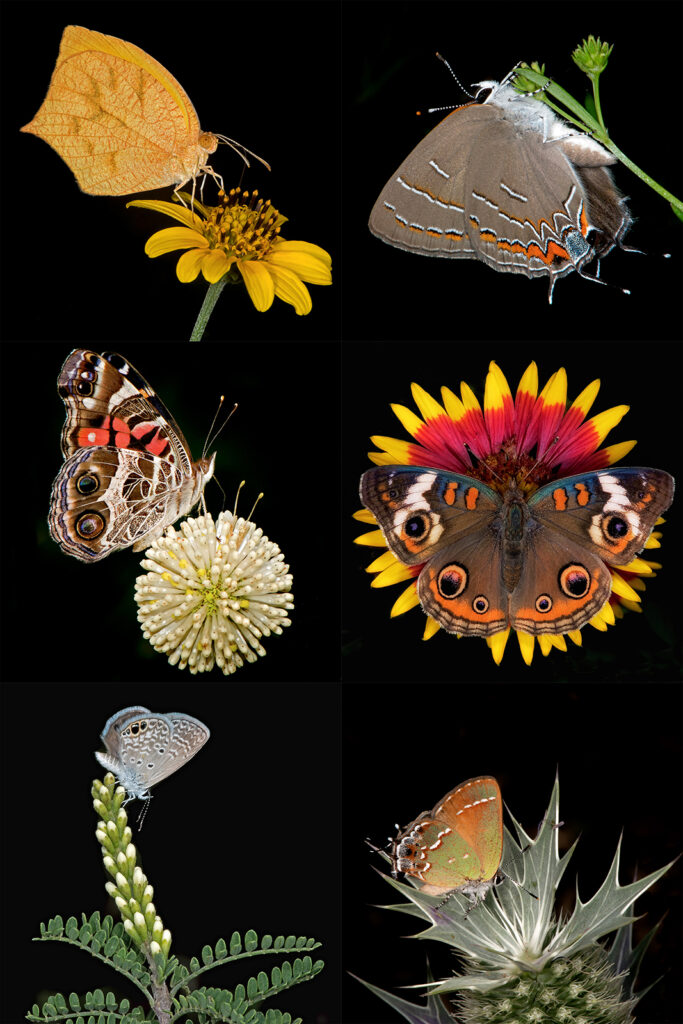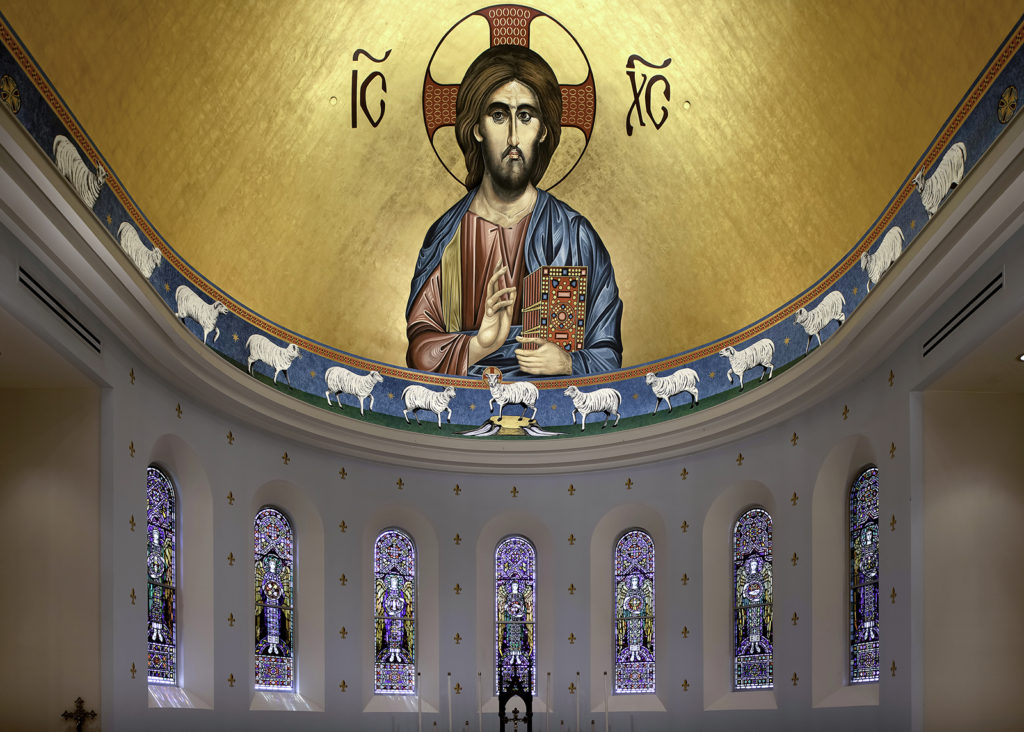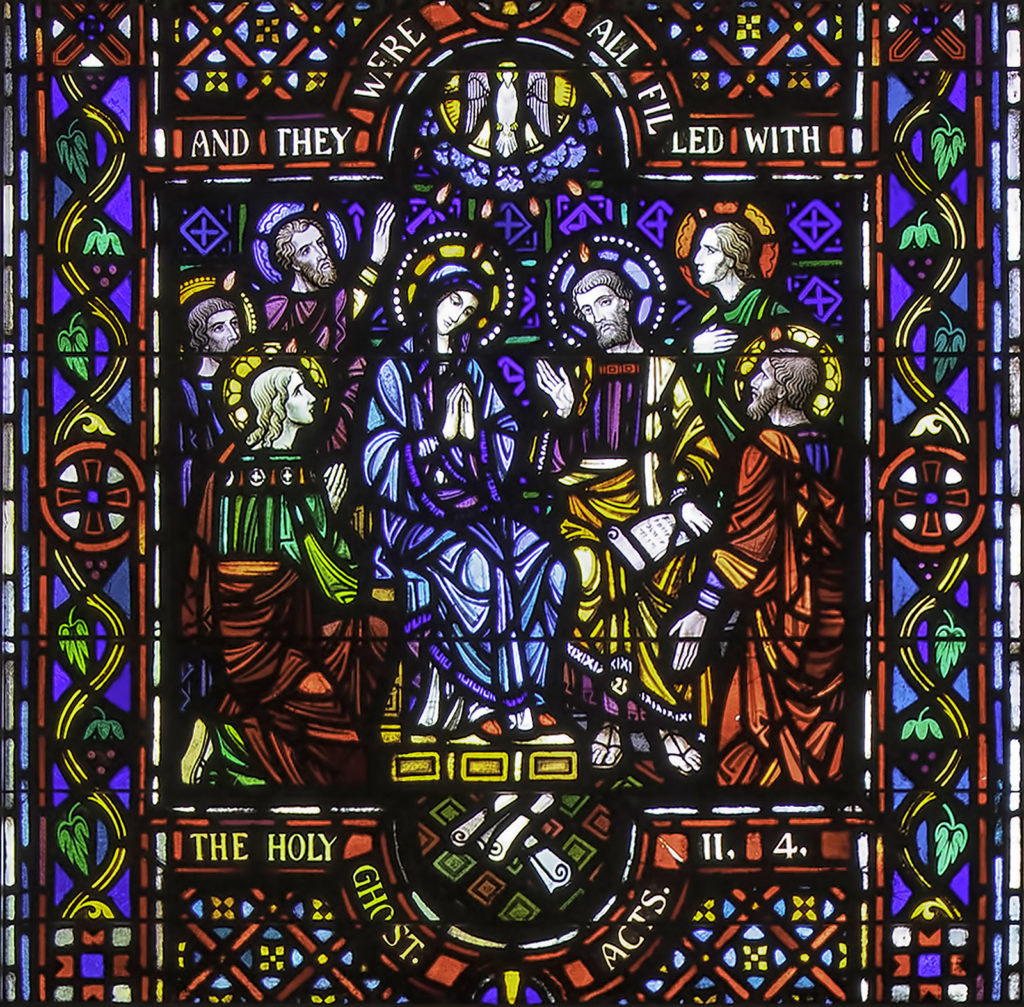To me, photography is an art of observation. It’s about finding something interesting in an ordinary place… I’ve found it has little to do with the things you see and everything to do with the way you see them…Elliott Erwitt
How many Americans watch birds? How many Americans care to know how many Americans watch birds? More importantly, at least for this essay, how many Americans photograph birds and wildlife, and, in general, nature?
The Outdoor Foundation, in its annual Outdoor Participation Report, estimated that around 14 million Americans watched birds in 2013. That number, around 4.9% of the population age 6 and older, has been relatively stable since 2007.
The U.S. Fish and Wildlife Service (USFWS), in its 2011 National Survey of Fishing, Hunting, and Wildlife-Associated Recreation, estimated that 17.8 million Americans age 16 and older took trips away from home to observe birds.
The number of birders committed enough to escape backyard feeding, between 14 and 18 million, underestimates the impact of the recreation. Not only does the number of birders matter, even more important are the numbers of days spent watching birds outdoors, at least from the standpoint of public use and economic impact, User-days (or outings) is a more accurate predictor of tourism and resource impacts than the overall number of recreationists.
A camera is a tool for learning how to see without a camera…Dorothea Lange
According to the Outdoor Foundation, birding is the third most favorite American recreation when measured by frequency of participation (lagging behind only running/jogging and biking). Birders and wildlife viewers averaged 39 outings per-person per-year, for a total of 1 billion outings in 2013. For a comparison, fishing is the fourth most favorite recreation, and anglers averaged around 20 outings per-person per-year.
The USFWS survey looks at a variety of ways that people watch wildlife. People feed wildlife, observe wildlife, and photograph wildlife. I am interested in the trends in these activities, particular the growth in photographing birds and/or wildlife when compared to observation.
In 2001, there are 20,080,000 wildlife observers who left home to recreate, and there were 9,427,000 wildlife photographers. Ten years later, the number of wildlife observers had stayed relatively flat (a 1% decline to 19,808,000), while photography had grown by 31% (to 12,354,000 away-from-home wildlife photographers). Outings tracked a similar pattern. Observers spent 295,345,000 days in the field in 2001, dropping to 268,798,000 in 2011 (a decline of 9%). Wildlife photographers spent 76,324,000 days out in 2001, growing to 110,459,000 in 2011 (an increase of 45%).
To me, photography is the simultaneous recognition, in a fraction of a second, of the significance of an event…Henri Cartier-Bresson
Why is this important? The growth in wildlife and bird photography is helping mitigating for the losses in people observing or feeding birds. Photography is the engine that is propelling many toward nature in the 21st Century.
The next USFWS survey should be out next year. I am eager to see how the growth in wildlife photography is captured in the new report. The past five years have seen photography grow at an unprecedented rate. According to 1000memories, “Every 2 minutes today we snap as many photos as the whole of humanity took in the 1800s.”
There are over 350 million images posted to Facebook each day. What if only 1% of those images are related to nature? That’s still 3.5 million images being shared daily!
The rise of digital photography has breathed life into birding and wildlife observation. Photographers are doing much more than looking; photographers are chronicling. The ability to record and then instantly share what you see is a powerful influence in the ways that people are approaching nature.
People are sharing experiences with their images. There is an ad hoc interpretation taking place, one that is introducing swaths of our population to nature in new and credible ways. According to Neilsen, “Ninety-two percent of consumers around the world say they trust earned media, such as word-of-mouth and recommendations from friends and family, above all other forms of advertising.” What is a Facebook photo if not “earned media”? Look at the number of nature tour companies and destinations posting images in Facebook groups and other digital platforms. What could be a more perfect example of content marketing?

Consider this example. The Facebook page Texbirds focuses on rare birds seen in that state. The “rules on photos” from that page state that PHOTOS MUST SHOW SOMETHING, I.E. EARLY OR LATE SPECIES, UNUSUAL BEHAVIOR, UNUSUAL FOR LOCATION, ETC. PHOTOS JUST TO SHOW OF A PRETTY PHOTO ARE NOT ALLOWED. IF YOU JUST WANT TO SHOW OFF YOUR PRETTY PHOTOS PLEASE JOIN THE BIRDS OF TEXAS GROUP FOR THAT (their all caps, not mine). Texbirds has 3,604 members.
The Facebook group referenced in the above rules is Birds of Texas. Birds of Texas only requires that the photos be of Texas birds. Otherwise, any bird image is welcomed, no matter how common the bird. Birds of Texas has four times as many members as Texbirds (12,283). In fact, the Birds of Texas group, focused only on one state, has attracted twice as many members as the American Birding Association Facebook group (6,251 members) that covers the entire nation.
The creative act lasts but a brief moment, a lightning instant of give-and-take, just long enough for you to level the camera and to trap the fleeting prey in your little box…Henri Cartier-Bresson
I see no reason for this trend not to continue. As more affordable digital cameras suitable for nature photography are brought to the market (such as the Canon Powershot SX50 or SX60), the growth in nature photography will only accelerate. Demands for enhancements that are desired by photographers will only increase pressure on public land managers, as well.
The USFWS, the resource agency that manages the nation’s wildlife refuges, has traditionally dumped all wildlife observers, feeders, and photographers into one bucket. This is no longer appropriate or meaningful. The needs and desires of photographers are not necessarily the same as those of observers. The size of this recreational population (to over 12 million in 2011, and, even if the rate of 31% rate of growth has only remained constant) now totals over 16 million Americans. This segment of the wildlife recreation population has been relatively shy and hidden to date, but I doubt that this reticence will continue.
For interpreters, there needs to be a recognition that park, refuge, and museum staffs are not the only ones empowered to interpret these special places. Out of these 250 million images posted each day, how many were uploaded by interpretive staff? How can interpretive messages rise above the din? What if the messages from friends and family are considered more credible than those from official staff?
For those who have spent their lives promoting recreation as the primary vector that leads people to nature, this revolution in nature photography could not be more welcome. People are finding their ways to nature; they just aren’t following the traditional paths laid before them. Let’s hope that those agencies and institutions that are being confronted by this growth are prepared to nurture it to maturity.
It is my intention to present – through the medium of photography – intuitive observations of the natural world which may have meaning to the spectators…Ansel Adams
Ted Lee Eubanks
12 Jan 2015



